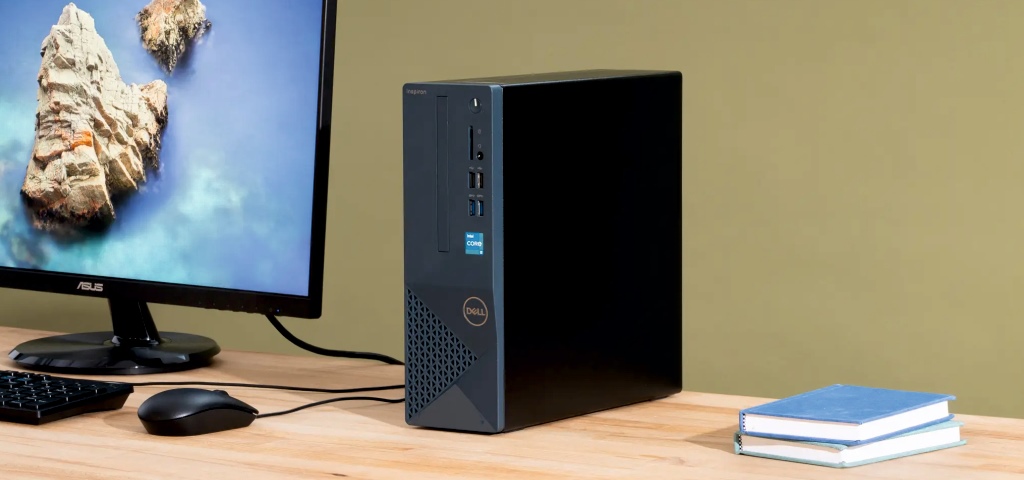When building or upgrading a PC, one of the most crucial components is the CPU (Central Processing Unit). The CPU is the brain of your computer, responsible for handling all instructions from programs and applications. Choosing the right CPU can make a significant difference in performance, but with so many options on the market, it can be overwhelming to decide which one is right for your needs. Let’s break down five key features to consider when buying a CPU for your PC.
1. Clock Speed (GHz)
Clock speed is one of the most visible specs when comparing CPUs, often displayed in gigahertz (GHz). In simple terms, clock speed refers to how many cycles a CPU can perform per second. A higher clock speed generally means the CPU can process tasks faster, which is important for demanding applications like gaming, video editing, or heavy multitasking.
However, higher clock speed isn’t always better for every user. For basic tasks like web browsing or word processing, you don’t need the highest clock speed available. Instead, balance this feature with other aspects like core count, depending on your needs.
Tip: If you’re gaming or using professional software, aim for a CPU with a clock speed above 3.5 GHz.
2. Number of Cores
The number of cores in a CPU is another critical factor to consider. A core is a processing unit within the CPU, and having more cores allows your computer to handle more tasks at once. Today’s CPUs typically have between 4 and 16 cores, with higher-end models boasting even more.
For general users, a quad-core (4 cores) CPU will usually suffice. However, if you’re into gaming, 3D rendering, video editing, or running virtual machines, a CPU with 6 or more cores can significantly boost your performance.
Tip: For heavy multitasking or creative applications, consider a 6-core or 8-core CPU.
3. Thread Count
Threads are essentially the tasks that each core can handle simultaneously. Some CPUs offer multiple threads per core, which can drastically improve performance, especially in tasks that rely on parallel processing. Intel CPUs, for example, use Hyper-Threading to enable two threads per core, while AMD processors use a similar technology called SMT (Simultaneous Multithreading).
The more threads, the better a CPU can handle multiple tasks simultaneously, such as running complex software or encoding videos. This is particularly useful for professionals who use software that benefits from multi-threading, like video editing or programming.
Tip: If you work with heavy multi-threaded applications, look for a CPU with high thread count (12 threads or more).
4. Power Consumption (TDP)
TDP (Thermal Design Power) refers to the amount of heat a CPU generates under maximum load and, by extension, the amount of power it consumes. CPUs with higher performance tend to consume more power, leading to increased heat, which requires a more robust cooling system.
If you’re building a gaming rig or workstation, you’ll likely need a CPU with a higher TDP, which also means investing in good cooling solutions. For casual users who perform light tasks, lower TDP CPUs will generate less heat, run quieter, and consume less power.
Tip: Check your cooling system and power supply to ensure they can handle your chosen CPU’s power requirements.
5. Integrated Graphics vs. Dedicated GPU
Some CPUs come with integrated graphics, which means the processor itself can handle basic graphical tasks without the need for a dedicated graphics card (GPU). This is fine for basic computing, office work, and even light gaming. However, if you’re serious about gaming, 3D rendering, or video editing, you’ll want a dedicated GPU to handle more graphically demanding tasks.
For users on a budget or those who don’t need heavy graphical performance, a CPU with integrated graphics can save money and reduce the need for extra components.
Tip: If you’re gaming or editing video, pair your CPU with a good dedicated GPU for optimal performance.
Conclusion
Choosing the right CPU for your PC depends on how you plan to use your computer. Whether you need a processor for gaming, content creation, or general use, focus on clock speed, core count, thread count, power consumption, and integrated graphics. By understanding these key features, you’ll be able to select a CPU that meets your specific needs and ensures your computer runs smoothly for years to come.

